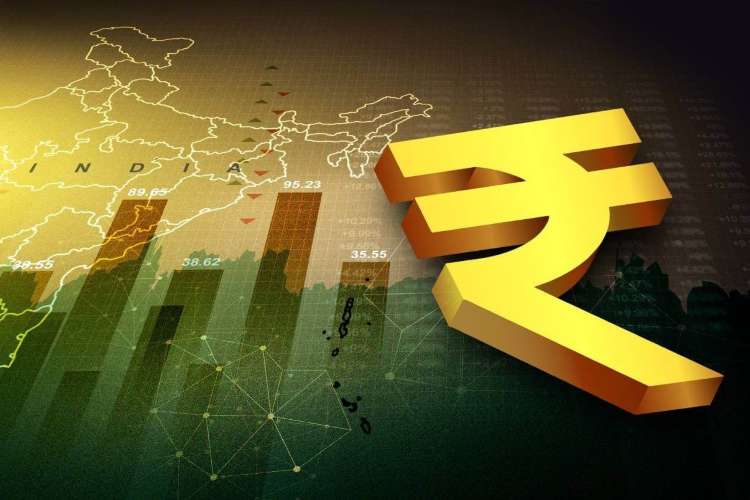
India’s real effective exchange rate (REER) eased further in March, dropping to 101.49 from 102.37 in February, according to the Reserve Bank of India’s (RBI) April bulletin. The index had surged to 108.14 in November 2024 before softening to 107.2 in December and continuing its downward trend into early 2025. The RBI noted that the decline in the 40-currency REER reflects a narrowing inflation differential between India and its major trading partners.
At a time when global trade is under pressure from tariff measures imposed by the US administration, a lower REER provides Indian exporters a crucial competitive edge. It makes Indian goods and services cheaper for overseas buyers, potentially boosting shipments from key sectors such as manufacturing, engineering, IT, and pharmaceuticals.
READ | India eyes windfall as US-China trade war reshapes supply chains
Understanding REER: A Measure of Global Competitiveness
The REER is a weighted average of a country’s currency relative to a basket of other major currencies, adjusted for inflation. The weights are based on the relative importance of each trading partner. An increase in REER suggests an appreciation in the local currency’s value, reducing the global competitiveness of exports, while imports become relatively cheaper. Conversely, a decline in REER indicates improved competitiveness.
Beyond trade flows, REER is influenced by monetary policy shifts across economies. Higher interest rates tend to attract capital inflows, strengthening the currency and impacting the REER, even if trade balances remain unchanged. India’s REER is calculated against a basket of 40 currencies representing nearly 88% of its external trade, with the base year set as 2015–16 (REER=100).
READ | Trump’s tariff war and the asymmetry of economic pain
The index touched a record 108.14 in November 2024—indicating a 4.5% appreciation for the year. Given the base of 100 in 2015–16, any REER reading above that threshold implies the rupee is overvalued, undermining the price competitiveness of Indian exports.
RBI Sees Strength in Domestic Drivers Despite Global Gloom
The RBI’s bulletin also struck a cautiously optimistic note on India’s macroeconomic resilience. While external demand remains weak and global growth prospects appear subdued, domestic drivers—particularly consumption and investment—are holding firm.
India is expected to benefit from ongoing global supply chain realignments, diversified FDI inflows, and growing engagement with international investors seeking scalable and resilient ecosystems. The country’s longstanding strength in services exports and robust inward remittance flows continue to buffer the current account, cushioning against external shocks.
READ | Pahalgam terror attack: Economic consequences and strategic reckoning
A positive forecast for the 2025 southwest monsoon adds to the tailwinds. The farm sector, a key pillar of India’s rural economy, is poised to benefit from higher output and better incomes. With strong kharif and rabi harvests and favourable water levels in reservoirs, the agricultural outlook remains upbeat. However, the sector remains vulnerable to heatwaves and rising summer temperatures, necessitating close monitoring.
Outlook: Turning Volatility into Opportunity
In the near term, the global economic environment remains fragile. Uncertainty surrounding trade policies and tariffs, combined with divergent monetary responses by major economies, could weigh on investment and consumer sentiment worldwide. Yet, India appears well-positioned to weather these external headwinds.
READ | India, US race against time to seal bilateral trade agreement
According to inputs gathered by the RBI from industry associations, credit rating agencies, and banks, sentiment around economic activity remains positive. A combination of moderating inflation, rising rural demand, and urban consumption recovery is bolstering optimism. Policymakers believe that with timely interventions and a focus on macroeconomic stability, India can turn current global volatility into a strategic opportunity—reinforcing its role as a key player in the emerging world economic order.
